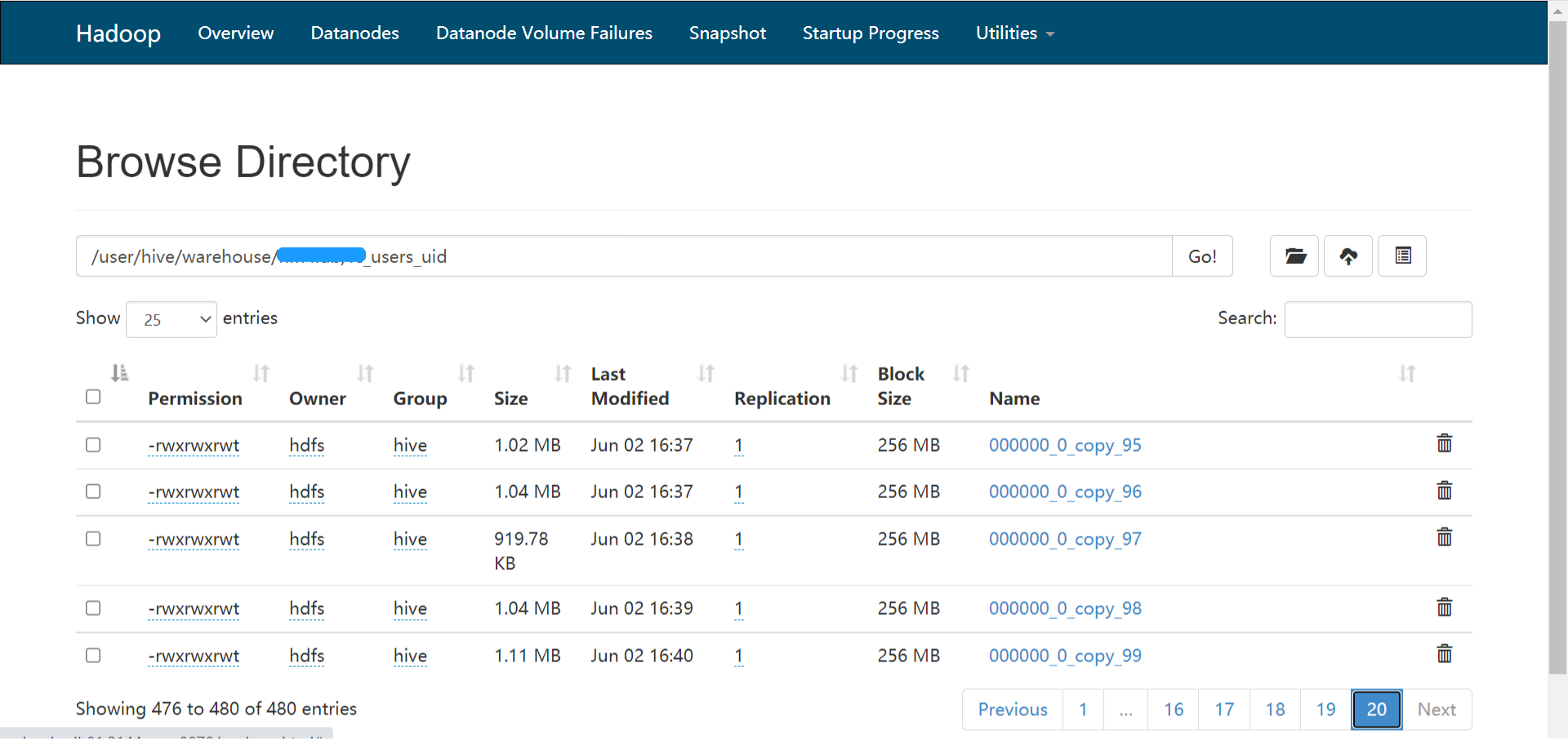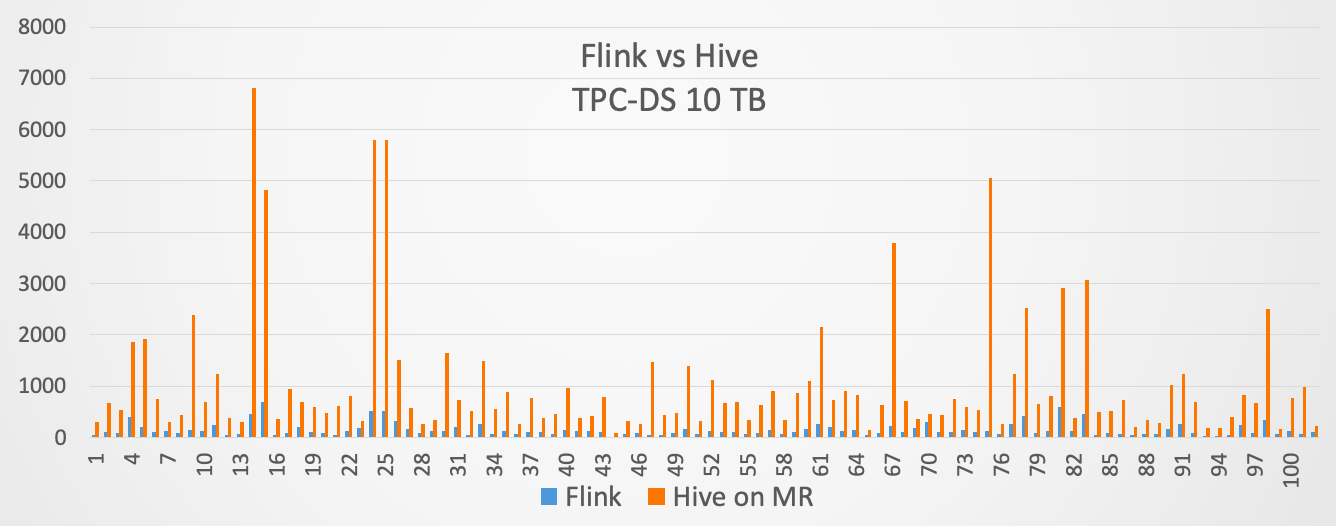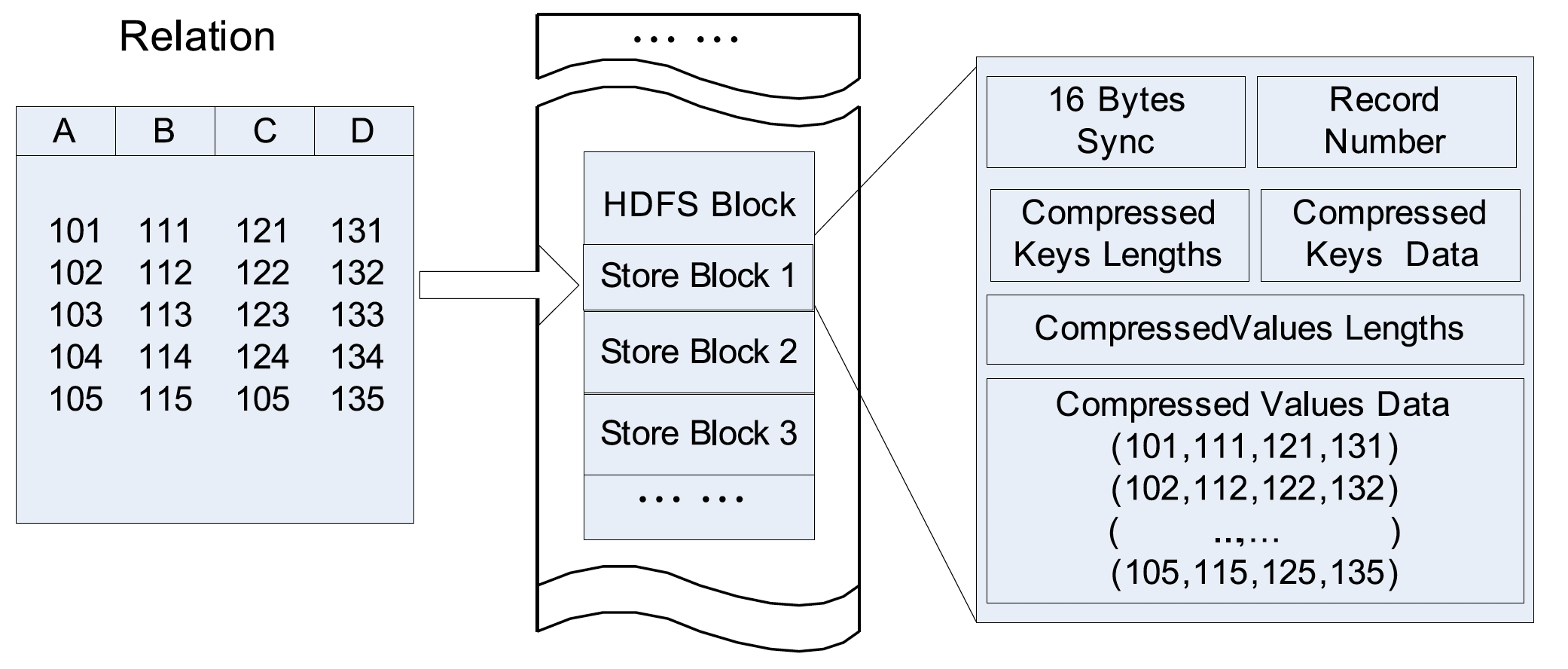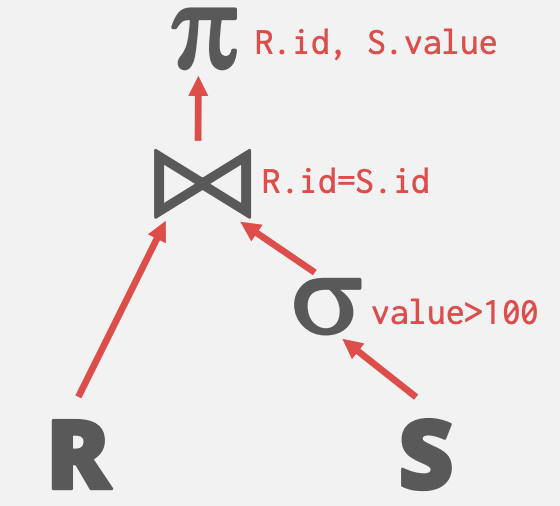文章目录
我们在使用Hive查询数据的时候经常会看到如下的输出:
Query ID = iteblog_20160704104520_988f81d4-0b82-4778-af98-43cc1950d357 Total jobs = 1 Launching Job 1 out of 1 Number of reduce tasks determined at compile time: 1 In order to change the average load for a reducer (in bytes): set hive.exec.reducers.bytes.per.reducer=<number> In order to limit the maximum number of reducers: set hive.exec.reducers.max=<number> In order to set a constant number of reducers: set mapreduce.job.reduces=<number>
很明显,上面的输出信息展示了Hive同设置Reduce的三种方法,本文将在源码的角度解释这三个参数的作用。在进入代码介绍之前让我们先来看看这三个参数的含义。
hive.exec.reducers.bytes.per.reducer
此参数从Hive 0.2.0开始引入。在Hive 0.14.0版本之前默认值是1G(1,000,000,000);而从Hive 0.14.0开始,默认值变成了256M(256,000,000),可以参见HIVE-7158和HIVE-7917。这个参数的含义是每个Reduce处理的字节数。比如输入文件的大小是1GB,那么会启动4个Reduce来处理数据。
hive.exec.reducers.max
此参数从Hive 0.2.0开始引入。在Hive 0.14.0版本之前默认值是999;而从Hive 0.14.0开始,默认值变成了1009;可以参见HIVE-7158和HIVE-7917。这个参数的含义是最多启动的Reduce个数。比如input size/hive.exec.reducers.bytes.per.reducer>hive.exec.reducers.max,那么Hive启动的Reduce个数为hive.exec.reducers.max;反之为input size/hive.exec.reducers.bytes.per.reducer。这个参数只有在mapred.reduce.tasks/mapreduce.job.reduces设置为负数的时候才有效。
mapred.reduce.tasks/mapreduce.job.reduces
此参数从Hive 0.1.0开始引入。默认值是-1。此参数的含义是Reduce的个数,典型的情况是设置成接近可用节点的质数。如果mapred.job.tracker的值是local此参数将会被忽略。在Hadoop中此参数的默认值是1;而在Hive中默认值是-1。通过将此参数设置为-1,Hive将自动计算出应该启动多少个Reduce。
源码分析
我们已经将三个参数的含义介绍完,现在我们来看看Hive代码中是如何计算Reduce个数的。首先来看看Hive是如何从输入的文件大小计算Reduce个数:
/**
* Estimate the number of reducers needed for this job, based on job input,
* and configuration parameters.
*
* The output of this method should only be used if the output of this
* MapRedTask is not being used to populate a bucketed table and the user
* has not specified the number of reducers to use.
*
* @return the number of reducers.
*/
public static int estimateNumberOfReducers(HiveConf conf, ContentSummary inputSummary,
MapWork work, boolean finalMapRed) throws IOException {
long bytesPerReducer = conf.getLongVar(HiveConf.ConfVars.BYTESPERREDUCER);
int maxReducers = conf.getIntVar(HiveConf.ConfVars.MAXREDUCERS);
double samplePercentage = getHighestSamplePercentage(work);
long totalInputFileSize = getTotalInputFileSize(inputSummary, work, samplePercentage);
// if all inputs are sampled, we should shrink the size of reducers accordingly.
if (totalInputFileSize != inputSummary.getLength()) {
LOG.info("BytesPerReducer=" + bytesPerReducer + " maxReducers="
+ maxReducers + " estimated totalInputFileSize=" + totalInputFileSize);
} else {
LOG.info("BytesPerReducer=" + bytesPerReducer + " maxReducers="
+ maxReducers + " totalInputFileSize=" + totalInputFileSize);
}
// If this map reduce job writes final data to a table and bucketing is being inferred,
// and the user has configured Hive to do this, make sure the number of reducers is a
// power of two
boolean powersOfTwo = conf.getBoolVar(HiveConf.ConfVars.HIVE_INFER_BUCKET_SORT_NUM_BUCKETS_POWER_TWO) &&
finalMapRed && !work.getBucketedColsByDirectory().isEmpty();
return estimateReducers(totalInputFileSize, bytesPerReducer, maxReducers, powersOfTwo);
}
public static int estimateReducers(long totalInputFileSize, long bytesPerReducer,
int maxReducers, boolean powersOfTwo) {
double bytes = Math.max(totalInputFileSize, bytesPerReducer);
int reducers = (int) Math.ceil(bytes / bytesPerReducer);
reducers = Math.max(1, reducers);
reducers = Math.min(maxReducers, reducers);
int reducersLog = (int)(Math.log(reducers) / Math.log(2)) + 1;
int reducersPowerTwo = (int)Math.pow(2, reducersLog);
if (powersOfTwo) {
// If the original number of reducers was a power of two, use that
if (reducersPowerTwo / 2 == reducers) {
// nothing to do
} else if (reducersPowerTwo > maxReducers) {
// If the next power of two greater than the original number of reducers is greater
// than the max number of reducers, use the preceding power of two, which is strictly
// less than the original number of reducers and hence the max
reducers = reducersPowerTwo / 2;
} else {
// Otherwise use the smallest power of two greater than the original number of reducers
reducers = reducersPowerTwo;
}
}
return reducers;
}
totalInputFileSize的值就是输入文件的总大小,然后通过estimateReducers函数估算Reduce个数;其中bytesPerReducer和maxReducers分别是hive.exec.reducers.bytes.per.reducer和hive.exec.reducers.max的值,powersOfTwo参数如果在使用bucket并且hive.exec.infer.bucket.sort.num.buckets.power.two设置成true才会起作用,此参数默认值为false。所以Reduce的计算公式主要就是下面四行代码
double bytes = Math.max(totalInputFileSize, bytesPerReducer); int reducers = (int) Math.ceil(bytes / bytesPerReducer); reducers = Math.max(1, reducers); reducers = Math.min(maxReducers, reducers);
也就是Reduce最少为1,最大为maxReducers(就是hive.exec.reducers.max的值)。如果powersOfTwo为true,那么Reduce的值将会取小于或大于并且最接近Reduce的值,而且此值是2的指数。
上面代码仅仅是根据输入计算Reduce的个数,最终的设置是通过setNumberOfReducers函数决定的,如下:
/**
* Set the number of reducers for the mapred work.
*/
private void setNumberOfReducers() throws IOException {
ReduceWork rWork = work.getReduceWork();
// this is a temporary hack to fix things that are not fixed in the compiler
Integer numReducersFromWork = rWork == null ? 0 : rWork.getNumReduceTasks();
if (rWork == null) {
console
.printInfo("Number of reduce tasks is set to 0 since there's no reduce operator");
} else {
if (numReducersFromWork >= 0) {
console.printInfo("Number of reduce tasks determined at compile time: "
+ rWork.getNumReduceTasks());
} else if (job.getNumReduceTasks() > 0) {
int reducers = job.getNumReduceTasks();
rWork.setNumReduceTasks(reducers);
console.printInfo("Number of reduce tasks not specified. Defaulting to jobconf value of: "
+ reducers);
} else {
if (inputSummary == null) {
inputSummary = Utilities.getInputSummary(driverContext.getCtx(), work.getMapWork(), null);
}
int reducers = Utilities.estimateNumberOfReducers(conf, inputSummary, work.getMapWork(),
work.isFinalMapRed());
rWork.setNumReduceTasks(reducers);
console
.printInfo("Number of reduce tasks not specified. Estimated from input data size: "
+ reducers);
}
console.printInfo("In order to change the average load for a reducer (in bytes):");
console.printInfo(" set " + HiveConf.ConfVars.BYTESPERREDUCER.varname
+ "=<number>");
console.printInfo("In order to limit the maximum number of reducers:");
console.printInfo(" set " + HiveConf.ConfVars.MAXREDUCERS.varname
+ "=<number>");
console.printInfo("In order to set a constant number of reducers:");
console.printInfo(" set " + HiveConf.ConfVars.HADOOPNUMREDUCERS
+ "=<numbe>");
}
}
如果job.getNumReduceTasks()>0,也就是mapred.reduce.tasks/mapreduce.job.reduces参数的值大于0,此时直接取mapred.reduce.tasks/mapreduce.job.reduces的值作为Reduce的个数;否则将会使用上面estimateNumberOfReducers函数估算Reduce个数,最后都是通过rWork.setNumReduceTasks(reducers)设置Reduce的个数。
总结
1、Reduce的个数对整个作业的运行性能有很大影响。如果Reduce设置的过大,那么将会产生很多小文件,对NameNode会产生一定的影响,而且整个作业的运行时间未必会减少;如果Reduce设置的过小,那么单个Reduce处理的数据将会加大,很可能会引起OOM异常。
2、如果设置了mapred.reduce.tasks/mapreduce.job.reduces参数,那么Hive会直接使用它的值作为Reduce的个数;
3、如果mapred.reduce.tasks/mapreduce.job.reduces的值没有设置(也就是-1),那么Hive会根据输入文件的大小估算出Reduce的个数。根据输入文件估算Reduce的个数可能未必很准确,因为Reduce的输入是Map的输出,而Map的输出可能会比输入要小,所以最准确的数根据Map的输出估算Reduce的个数。
原创文章版权归过往记忆大数据(过往记忆)所有,未经许可不得转载。
本文链接: 【Hive中Reduce个数是如何计算的】(https://www.iteblog.com/archives/1697.html)









